Disability Pride Month: Why it Matters
We live in a world where brands are increasingly aligning themselves with social causes, from Women’s History Month to Pride Month to Breast Cancer Awareness Month. These campaigns not only help companies to do good and give back to the community, but they can also boost the bottom line by fostering customer loyalty and driving sales. But despite the fact that one in four Americans has a disability, Disability Pride is often an overlooked cause. In fact, despite over 90% of companies claiming to support Diversity Equity and Inclusion initiatives, only 4% include disability within that. Let’s explore why brands should prioritize Disability Pride month, the impact it can have on business and public perception of disability, and how companies can start taking action.
1. Lack of Understanding
One of the primary reasons why brands don't prioritize disability pride is a lack of understanding. Many people, even those in powerful positions, don't fully understand the experiences of disabled people and their unique needs. This ignorance is not intentional but is a byproduct of society's ableist culture, and the fact that disabled people make up less than 4% of leadership roles in corporate America.
This implicit bias is harmful, and an organization with these values is unlikely to see the importance of events like Disability Pride Month. Therefore, it's crucial to address the underlying biases actively, all year round. Providing education on the challenges facing disabled people, raising awareness of Disability Pride, and creating a culture of inclusion will help change attitudes.
2. Discomfort with Disability
Another reason why brands don't prioritize disability pride is that there's a persistent discomfort with disability. Disability is something that can make people uncomfortable, sometimes due to ignorance or a perceived inability to accommodate such needs. As a result, disabilities can be ignored or downplayed.
Brands need to be aware of the negative impact this mindset can have on social perception. By embracing disability and advocating for disability pride, companies can help reduce stigma and promote a positive social perception outlook on disability.
3. Economic Misconception
Disability often comes with the stereotype that disabled individuals are unable to work. There has been a rise in unemployment rates for people with disabilities due to these misconceptions. Society wrongly assumes that the needs of disabled persons may impact a company's bottom line.
However, we know that disability has a huge buying potential - with a global spending power of over $13T - largely untapped due to these misconceptions - it is imperative that your company gain an understanding of disability so you can communicate to them approproately.
4 . Public Perception and Profit Margins
The public perception of a brand plays a significant role in its success. Brands with a strong reputation for inclusivity and diversity tend to have stronger profit margins. Ignoring disability pride means missing out on tapping into a significant market that earns substantial buying power. We know that brands who prioritize disability see 30% higher profit margins.
So, what can you do? It’s Disability Pride month and you have nothing planned? We knew that might happen, so we’re ready and waiting for your team to join us for these online workshops.
